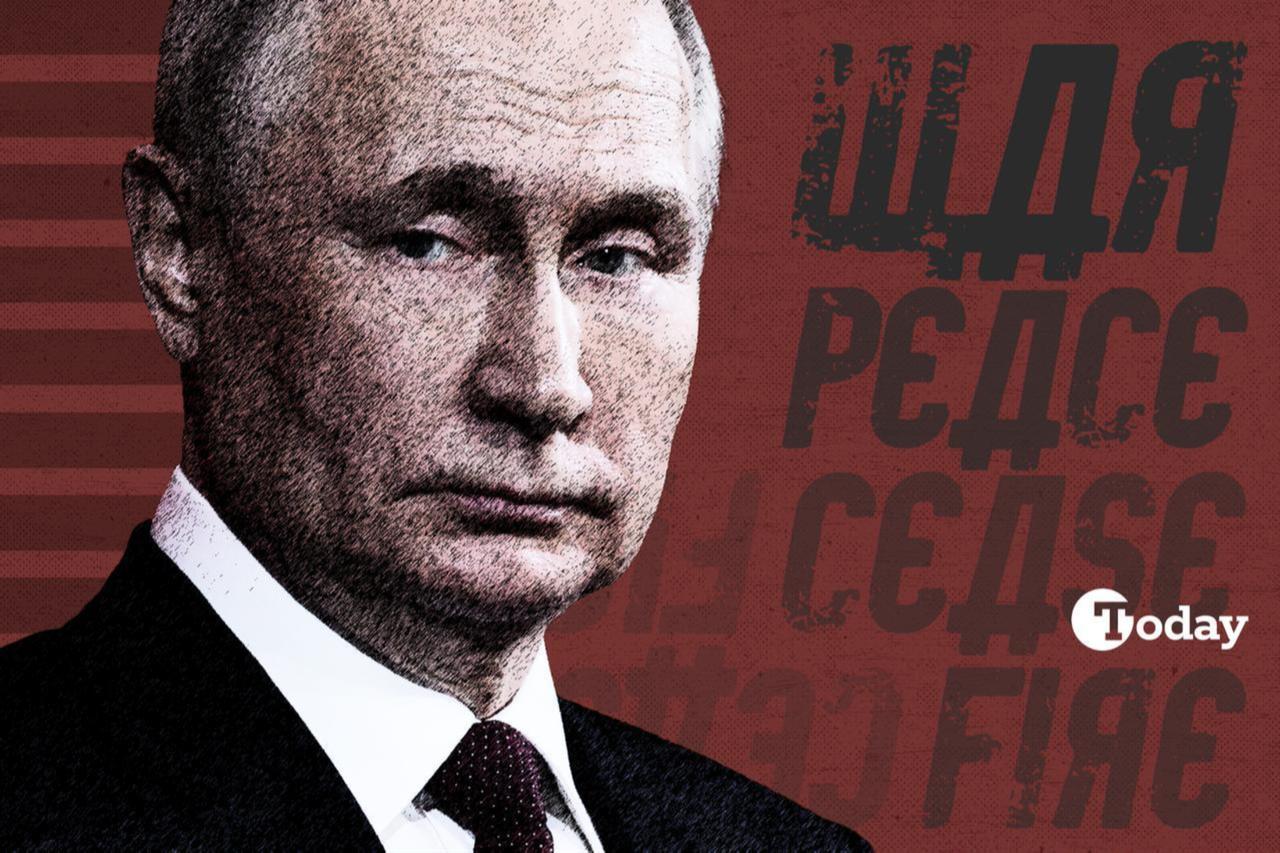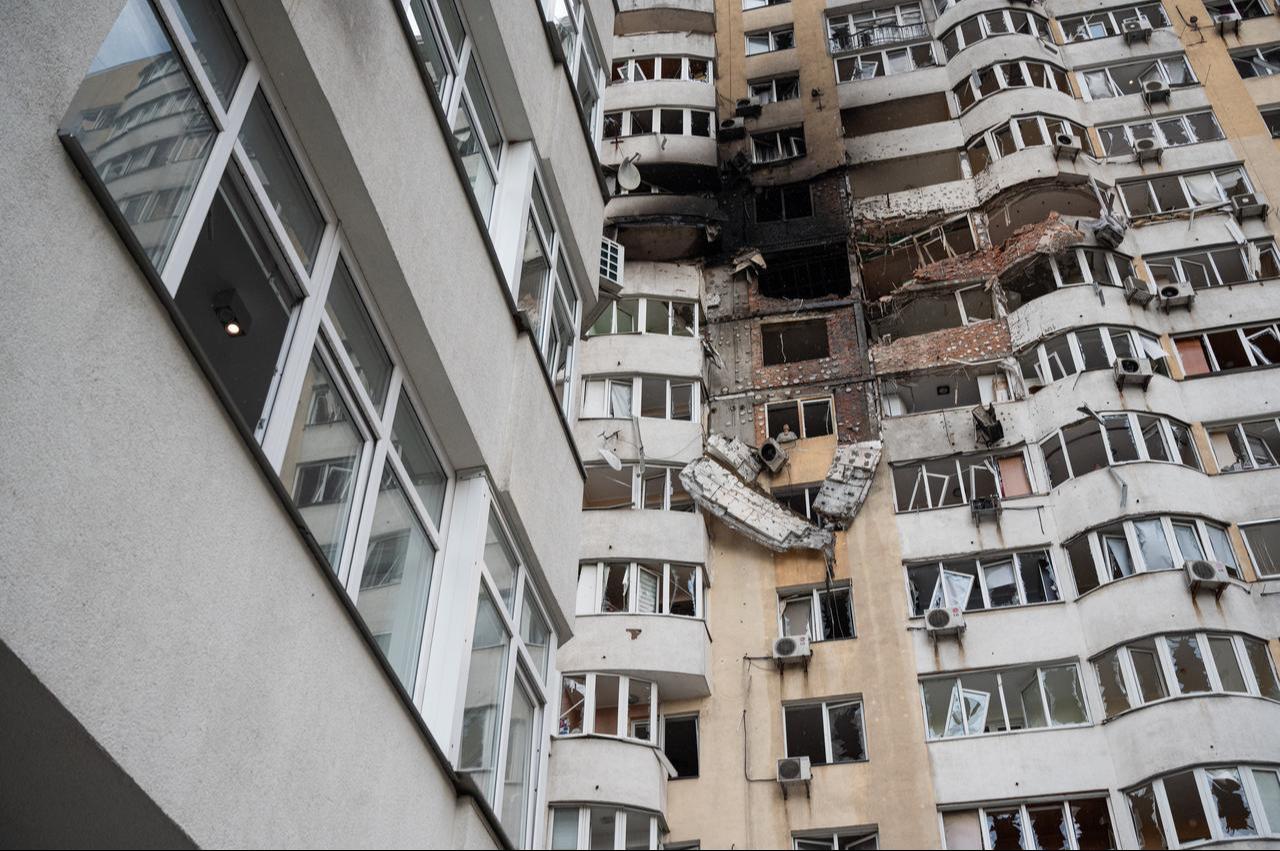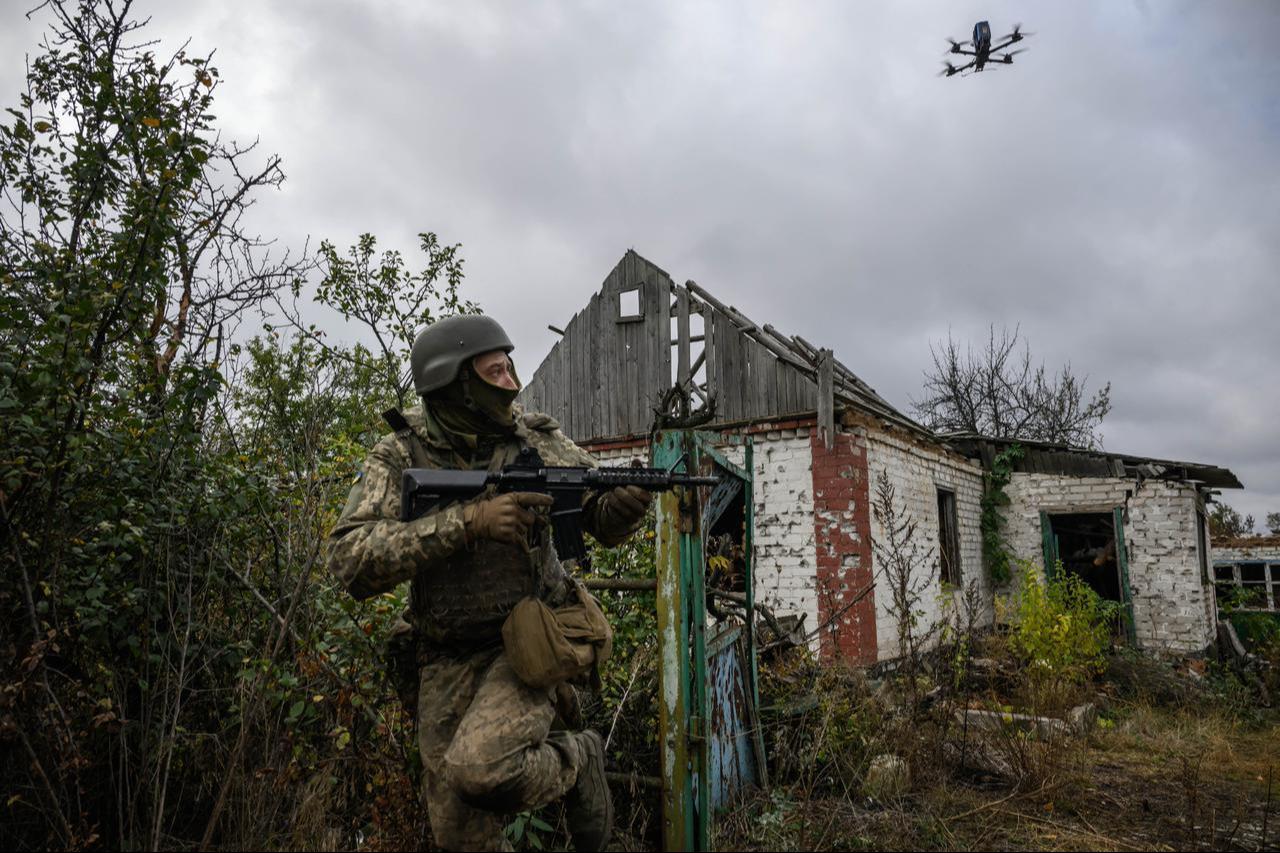
Despite the Kremlin’s persistent claims of success on the battlefield, the reality on the ground tells a different story. According to Ukraine’s President Volodymyr Zelensky and independent monitoring groups, Russia has managed to occupy less than 1% of Ukrainian territory since November 2022.
At this pace, experts estimate it would take Moscow up to four more years just to fully seize the Donbas region—a grim projection that exposes the slow and grinding nature of the war.
The core reason for this stagnation is Russia’s unsustainable rate of losses. According to leaked data cited by Ukrainian analysts and journalists, the Russian military has suffered over 280,000 casualties in just the last eight months alone—a staggering figure that underscores the high human cost of even marginal territorial gains.
Facing a strategic deadlock and continued failure to achieve its military goals in Ukraine, Russia is now turning to covert mobilization mechanisms. According to Kyrylo Budanov, head of Ukraine’s Military Intelligence, recent amendments to Russia’s “On Defense” law effectively open the door to hidden partial mobilization, allowing reservists to be activated even in peacetime and outside the country.
Budanov attributes this move to Russia’s exorbitant losses and the urgent need to replenish depleted forces. In light of the mounting challenges on the battlefield, which have become widely acknowledged both inside and outside of Russia, the Kremlin has increasingly sought to compensate for its military losses by intensifying mobilization efforts among national minorities across the country. From the very beginning of its full-scale invasion of Ukraine, Moscow has disproportionately targeted ethnic groups from remote and economically disadvantaged regions, viewing them as a politically safer and socially expendable source of manpower.
Recent research by scientist and activist Maria Vyushkova paints a grim picture of who is dying in Russia’s war against Ukraine. Her analysis shows that regions home to ethnic minority populations — particularly in Siberia and the North—are vastly overrepresented in confirmed combat deaths.
Among the highest per-capita losses are seen in Tyva, Buryatia, the Altai Republic, Sakha (Yakutia), and Kalmykia, all of which have Indigenous or non-Russian majority populations. For example, in Buryatia (population 980,000), there have been at least 2,470 confirmed deaths since February 2022—roughly 252 combat deaths per 100,000 residents, one of the highest rates in the country.
Tyva, with a population of about 295,000, shows similarly devastating numbers. In contrast, regions like Moscow (13.2 million residents) have suffered only 9.2 deaths per 100,000, and even the broader Moscow region only reaches 14.2 per 100,000 — nearly 18 times lower than in Buryatia.
Vyushkova's latest findings reveal a shift in 2024: Bashkortostan and Tatarstan have now surpassed many other regions in total losses, with death rates already significantly above the national average. In small Indigenous settlements like the village of Elabuga in the Khabarovsk region, the figures are devastating—15 men out of just 80 Indigenous families were mobilized, and another 10 reportedly signed up as “volunteers.”
This data confirms what activists have warned since the war began: Russia’s mobilization strategy disproportionately targets ethnic minorities and Indigenous communities, treating them as disposable resources in a war that many of them never chose to fight.

According to Aleksandra Garmazhapova, founder and president of the Free Buryatia Foundation, at least 2,470 residents of Buryatia have been killed in action since the start of Russia’s full-scale invasion of Ukraine. Based on open-source data, this number likely underrepresents the true toll.
Given Buryatia’s population of just 980,000—with only 30% being ethnic Buryats—the region has suffered a staggering 252 combat deaths per 100,000 residents. In stark contrast, Moscow, with a population of 13.2 million, has reported just 1,215 fatalities, or about 9.2 deaths per 100,000.
Even when factoring in the entire Moscow region, the number only rises to 14.2 per 100,000—nearly 18 times lower than in Buryatia. These stark disparities underscore how the Kremlin disproportionately targets peripheral, ethnically diverse regions for its mobilization efforts, minimizing domestic dissent in major urban centers while maximizing the human cost for Russia’s national minorities.
Aleksandra Garmazhapova is a prominent investigative journalist and human rights advocate, best known as the founder of the Free Buryatia Foundation—Russia’s first ethnic-based anti-war initiative. For over 15 years, she has reported on political repression, ethnic discrimination, and military abuses in Russia.
In 2023, she was sentenced in absentia to seven years in prison by a Russian court for criticizing the war in Ukraine, and her foundation was declared an “undesirable organization” by the Russian government.
The North Caucasus has long stood as a symbol of resistance to imperial and Soviet domination—from Imam Shamil’s fierce struggle against the Russian Empire in the 19th century to the Chechen uprisings and ongoing defiance by ethnic groups throughout the 20th and 21st centuries.
One of the lasting consequences of Russia’s brutal conquest of the Caucasus was the forced migration of thousands of Chechens and Ingush to the Ottoman Empire—a tragic episode remembered as the Nakh Muhajirism.
Though the term muhajir traditionally denotes voluntary migration for religious reasons, historians argue that this case was anything but voluntary. As noted by scholar S.-E. Badaev, the Chechens, and other mountain peoples were coerced into exile by the Russian Empire’s repressive military campaigns.
In 1865, under an agreement between the Russian and Ottoman governments, this migration was facilitated by General Musa Kundukhov, a Muslim general in the Imperial Russian Army. The result was the establishment of Chechen and Ingush diasporas across Türkiye, Syria, Jordan, Mesopotamia, and Egypt, forming a legacy of displacement that continues to shape these communities today.
This forced exodus—driven by military conquest and political repression—stands as a powerful reminder of the historic trauma endured by the peoples of the North Caucasus, a trauma that echoes in their complex relationship with the Russian state to this day.
Today, that same region is once again paying the highest price in a war many of its people did not choose. In Russia’s war against Ukraine, republics such as Dagestan, North Ossetia, Kabardino-Balkaria, and Ingushetia have suffered some of the highest per-capita losses across the entire Russian Federation. By April 2024, at least 806 Dagestani men had been confirmed killed in Ukraine. North Ossetia had lost 269 men, Kabardino-Balkaria—135, and Ingushetia—53.
In total, Russia’s North Caucasian and southern ethnic republics have officially lost over 3,650 men, though independent observers believe the actual number is significantly higher.
These staggering losses come despite widespread protests against mobilization, particularly in Dagestan in 2022, where anti-war sentiment boiled over into open defiance of Kremlin policies. To avoid mass mobilization in major Russian cities, the Kremlin launched an aggressive campaign to form so-called “volunteer battalions” in peripheral regions.
The Kremlin's approach underscores a broader trend—an imperial pattern of sacrificing ethnic minorities while shielding Russian urban centers from the human cost of war. Once again, the North Caucasus is on the frontlines of a conflict not of its own making, enduring disproportionate losses while the political center remains insulated.

One of the increasingly exploited sources for replenishing Russian manpower losses has been the Russian-speaking populations of Central Asia. According to Ukraine’s “I Want To Live” project, which tracks foreign fighters, more than 2,000 Uzbek nationals, 930 Tajiks, 529 Kazakhs, and 327 Kyrgyz citizens joined Russian forces in Ukraine during the first half of 2025.
Recruitment of Kyrgyz nationals has surged significantly, while reports also indicate that Russian commanders have blocked at least 68 Turkmen fighters from leaving Ukraine after the end of their contracts.
These figures point to Russia’s growing dependence on vulnerable migrant communities from former Soviet republics to sustain its war effort. Russia’s growing need for manpower on the front lines will likely lead to increased recruitment of Central Asian nationals, both legally and through coercive channels.
This trend risks provoking dissatisfaction among the leadership of Central Asian republics and could significantly raise tensions between Moscow and its traditional partners in the region, particularly as reports of abuse, casualties, and forced service continue to surface.
In conclusion, the Kremlin’s heavy reliance on national minorities—especially those from Russia’s peripheral regions and Turkic‑speaking communities—represents a mobilization strategy rooted as much in coercion as in economic desperation.
For many young men from these communities, enlistment may appear as one of the only pathways out of poverty and marginalization; at the same time, other forms of pressure are all too real.
Reports detail threats, blackmail and intimidation used by regional authorities to enlist volunteers or conscripts, including such coercive practices as “lack of registration or expired work permits” used to force Muslim migrant workers from Central Asia to enlist.
Additional forms of state leverage include targeting families of the reluctant, suppressing dissent and protest by wives, mothers and relatives of mobilized soldiers, and branding Indigenous or ethnic‑minority anti‑war movements as “extremist” or undesirable.
These mechanisms of recruitment and mobilization underscore how Moscow sees non‑Russian regions: not as partners, but as sources of expendable manpower.
As the statistics of disproportionate casualties among such groups continue to mount, the risk is twofold: internal destabilization in Russia’s ethnically diverse republics, and international reputational blowback as minority nations—both within Russia and in neighboring Central Asian states—become increasingly aware of their instrumentalization in Moscow’s war machine.
Unless this dynamic changes, the Kremlin’s strategy may be sowing the seeds of a broader backlash among national minorities and states whose citizens bear the cost of a war they did not choose.
DISCLAIMER: The views and opinions expressed in this article are those of the author and may not necessarily reflect the editorial policy of Türkiye Today.